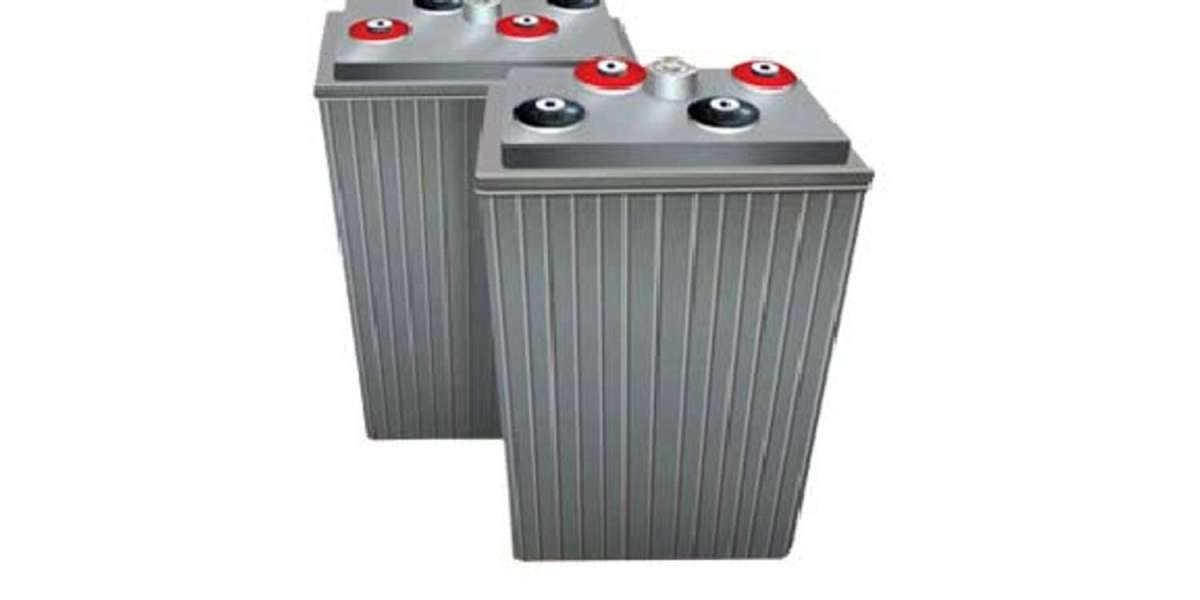In today’s industrial landscape, safety is not just a compliance requirement—it is a fundamental necessity. Among the many hazards faced in various industries, fire remains one of the most devastating threats, capable of causing loss of life, irreversible damage to property, and severe disruptions to operations. As industries grow more complex, the need for professionals well-versed in fire safety has never been greater. This is where the Advanced Diploma in Industrial Safety (ADIS) steps in, offering comprehensive training, with fire safety being one of its core components.
This article delves deep into the fire safety modules included in the Advanced Diploma in Industrial Safety program, highlighting their structure, key learnings, and their importance in creating safer industrial environments.
Importance of Fire Safety in Industrial Environments
Fire hazards are common in nearly every industrial setup—be it in manufacturing plants, chemical factories, oil and gas refineries, or even warehouses. Faulty wiring, flammable materials, hot work operations, and human negligence can quickly escalate into major fire incidents.
Proper fire safety measures and trained professionals are essential to:
- Prevent accidents before they occur
- Minimize damage if a fire breaks out
- Ensure rapid and safe evacuation
- Comply with legal and insurance standards
- Enhance overall workplace safety culture
The fire safety modules within the ADIS course are designed to equip learners with theoretical knowledge and practical skills to address all these aspects effectively.
Fire Safety Modules: Structure and Content Overview
The fire safety components of an ADIS program are usually divided into core theoretical subjects, practical training, and field exposure. Here is a detailed breakdown of the typical fire safety modules:
1. Fundamentals of Fire and Fire Chemistry
Understanding the nature of fire is crucial for controlling it. This module covers:
- The fire triangle and tetrahedron
- Types of fire (Class A, B, C, D, and K)
- Causes of fire and ignition sources
- Fire behavior in confined spaces
- Flash point, ignition temperature, and explosive limits
This foundational knowledge helps students understand the science behind fire development and how various materials react under fire conditions.
2. Fire Prevention and Protection Systems
This module teaches proactive fire risk reduction strategies and systems to detect and suppress fires, including:
- Fire detection systems (smoke detectors, heat detectors, flame detectors)
- Fire suppression systems (sprinkler systems, foam systems, gas flooding systems)
- Fire alarm systems and emergency notification systems
- Passive fire protection (fire doors, compartmentalization, fireproof materials)
- Layout planning to reduce fire spread
Students learn how to assess, select, and install appropriate fire protection systems suited for different industrial needs.
3. Portable Fire Fighting Equipment and Fire Extinguishers
This hands-on module focuses on:
- Types of fire extinguishers (water, CO₂, dry chemical, foam)
- Suitability of extinguishers based on fire type
- Inspection, testing, and maintenance of extinguishers
- Safe and effective use of firefighting equipment
Practical demonstrations and simulation drills are usually part of this training to ensure students can handle real-life situations confidently.
4. Fire Risk Assessment and Hazard Identification
One of the key responsibilities of a fire safety officer is identifying potential fire hazards before they become catastrophic. This module covers:
- Conducting fire risk assessments
- Hazard identification techniques (HAZOP, FMEA, Job Safety Analysis)
- Risk evaluation and prioritization
- Control measures to mitigate identified risks
Case studies and site assessments are often used to provide real-world context.
5. Emergency Response and Fire Evacuation Planning
In case of a fire outbreak, the speed and efficiency of response can mean the difference between safety and disaster. This module teaches:
- Emergency preparedness planning
- Developing fire evacuation routes and signage
- Conducting fire drills and mock evacuations
- Roles and responsibilities during an emergency
- Fire command and incident control systems
Students also get exposure to fire emergency simulations to evaluate their response under pressure.
6. Legal Aspects and Fire Safety Regulations
Complying with national and international fire safety standards is critical. This module includes:
- National Building Code of India (NBC)
- Factory Act, 1948 – Fire Safety Provisions
- IS standards for fire protection
- Occupational Safety and Health Administration (OSHA) guidelines
- NFPA (National Fire Protection Association) standards
This legal grounding ensures professionals are aware of regulatory obligations in fire safety management.
7. Industrial Fire Fighting Techniques and Rescue Operations
This advanced module trains students in:
- Fire suppression in industrial contexts (flammable liquids, gases, electrical fires)
- Use of breathing apparatus and personal protective equipment (PPE)
- High-risk fire zones like boiler rooms, fuel storage areas
- Rescue techniques and casualty management
This module often includes field visits to fire stations, industrial sites, and live firefighting training centers.
8. Incident Investigation and Post-Fire Analysis
Post-fire investigations are essential to determine root causes and prevent future occurrences. Students learn:
- Incident investigation techniques
- Collection of evidence and witness statements
- Report writing and documentation
- Corrective and preventive actions (CAPA)
Teaching Methodology and Evaluation
To ensure holistic learning, the ADIS program blends various teaching methods:
- Classroom lectures
- Audio-visual demonstrations
- Fire simulation software
- Practical workshops
- Industrial visits and field exposure
- Assignments and projects
Evaluation is done through written exams, viva-voce, project submissions, and practical assessments.
Career Opportunities in Fire Safety
Graduates specializing in fire safety from an ADIS program can pursue a range of roles, including:
- Fire Safety Officer
- Health, Safety, and Environment (HSE) Officer
- Safety Auditor
- Fire Protection Consultant
- Industrial Fire Trainer
- Risk Assessor
They find employment in sectors such as:
- Oil and Gas
- Chemical Manufacturing
- Pharmaceuticals
- Construction
- Power Plants
- Airports and Metro Rail Projects
- Government Fire Services
Note: For career growth visit best Institute of Fire Engineering and Safety Management
Conclusion
The fire safety modules in the Advanced Diploma in Industrial Safety are designed to create skilled, competent, and industry-ready safety professionals. These modules go beyond theory, offering hands-on experience and real-world exposure to fire safety challenges.
In a world where safety can’t be compromised, investing in a fire safety education through ADIS not only enhances individual career prospects but also contributes significantly to workplace safety and organizational resilience. Whether you're aspiring to become a fire safety officer or aiming to advance in the field of industrial safety, mastering these modules is a vital step forward.



